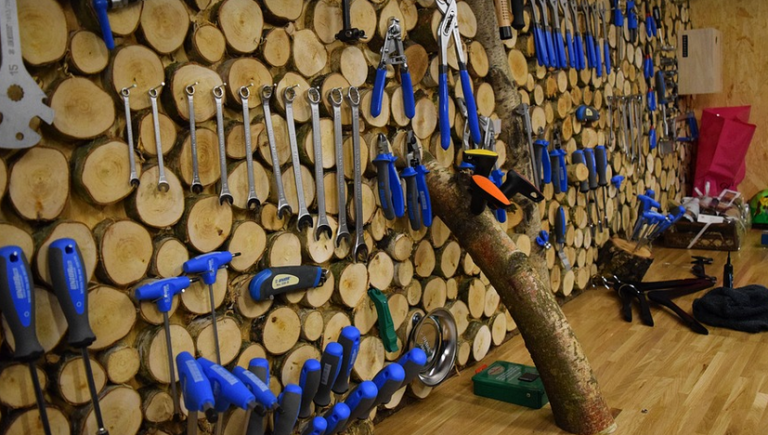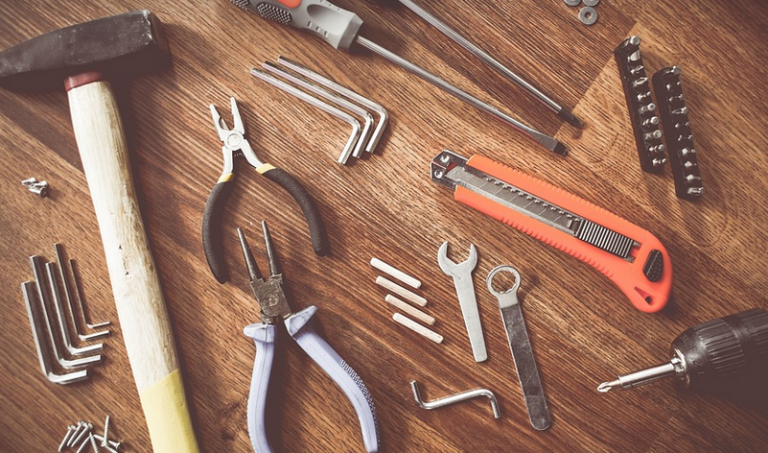
Streamlining Your Warehouse with Advanced Forklift Controls
In the ever-evolving landscape of material handling, forklift controls are playing an increasingly crucial role in modern warehouses. These sophisticated systems allow for greater precision, safety, and efficiency in transporting goods within a facility. This comprehensive guide explores different types of controls, their advantages, and best practices to help you optimize your warehouse operations in 2025 and beyond.
Modern forklift controls offer much more than just basic functions like forward and reverse. They have evolved significantly, incorporating advanced technologies and automation features that contribute to safer, faster, and smarter material handling. Let’s dive into the world of forklift controls, uncovering their various functionalities.
Understanding the Building Blocks: Basic Controls
At the heart of every forklift operation lies a combination of essential controls. These are the foundation upon which your ability to operate the machine effectively depends.
**Steering:** This control allows you to maneuver the forklift in any direction, using both a steering wheel or joysticks, depending on the model. The key is to maintain proper control while moving through tight spaces and navigating different paths within the warehouse.
**Throttle Control:** This knob regulates the speed of the forklift. It allows for gradual acceleration and deceleration, crucial for smooth operation in various settings – from transporting heavy loads to maneuvering around obstacles.
**Lift/Lower Controls (Mast Tilt/Hydraulics):** These controls power up the lift mechanism, allowing you to raise or lower the load based on the required height. You utilize the lever to control this process.
**Brake System:** A critical part of any forklift operation is the brake system. It ensures safe stopping and prevents damage in case of sudden stops. It needs to be well-maintained for optimal performance.
Beyond the Basics: The Power of Advanced Controls
As technology advances, so too has the world of forklift controls, with various advanced features adding another layer of sophistication to these machines. Let’s explore some of them:
**Electromagnetic Brake (EMB):** This innovative brake system uses electromagnetic force for controlled braking. It allows for rapid stopping and provides a smoother ride compared to traditional hydraulic brakes.
**Power Steering:** This feature makes it easier to turn the forklift, especially in tight spaces. The steering wheel is electronically powered by a motor, giving you greater control over the vehicle’s direction.
**Automatic Controls (Auto-Pilot or Automatic Lifting):** These systems help streamline operations and reduce manual effort. They can handle tasks like lifting and lowering loads automatically based on pre-programmed settings. This automation reduces fatigue for your operators and speeds up material handling processes.
**Sensors and Monitoring Systems:** These advanced features enhance safety and efficiency by providing real-time data about the forklift’s operation. Sensors track various parameters, such as speed, load weight, and lift height. Monitoring systems use this information to optimize performance and provide alerts for potential issues.
Tips & Best Practices: Maximizing Efficiency
Using advanced forklift controls comes with a host of benefits – but it’s important to remember that understanding these controls is just the first step. To truly get the most out of these advanced systems, it’s crucial to implement best practices and tips for optimal usage:
**Regular Training:** Thorough training on using your forklift’s controls ensures efficient operation and safety. Understand how each control works, its functions, and limitations before you start working with the machine.
**Calibration and Maintenance:** Ensuring accurate control by calibrating the controls regularly is crucial for safe and efficient operations. This includes checking sensor calibration and adjusting any mechanical components as needed.
**Safety First:** Always prioritize safety when operating a forklift. Familiarize yourself with safety protocols, follow traffic regulations, and understand how to operate the machine in different environments.
**Communication and Collaboration:** Collaborate with colleagues or team members who are used to working with similar controls systems. Discuss best practices for using the controls and share insights on efficient operation. This collaborative approach contributes to a smoother workflow throughout your warehouse.
Embracing the Future: The Role of Automation & AI
As we look ahead to 2025, the future of forklift control promises even more exciting developments. Automation and artificial intelligence (AI) are poised to revolutionize how we operate material handling in a smart way:
**Autonomous Forklifts:** Autonomous forklifts use sensors, AI, and pre-programmed routes for transportation, allowing for smoother operations even when human operators are unavailable.
**Predictive Maintenance:** AI can analyze data from forklift controls to predict potential issues before they arise. This proactive approach reduces downtime, improves maintenance schedules, and increases operational efficiency.
**Personalized and Adaptive Controls:** The future of forklift controls will likely involve designing systems that adapt to individual operator styles and preferences. For example, AI-powered systems could learn your preferred lift speed or maneuvering patterns over time, allowing for personalized and efficient control.
**The Future Is Here: Embracing the Change.** With these advancements, you can expect to see even more sophisticated controls come into play in 2025 and beyond. These advances will not just enhance efficiency but also contribute to safer operations through increased automation and a greater focus on individual operator needs.



